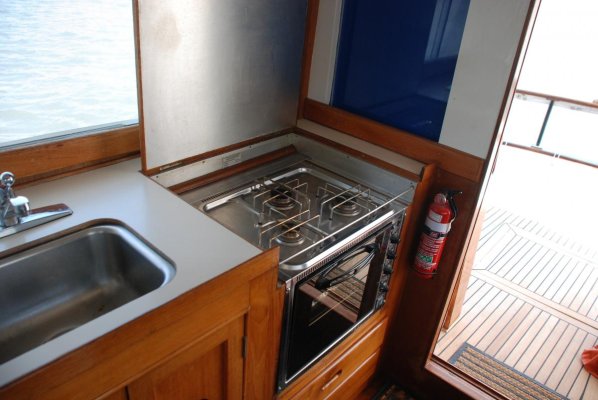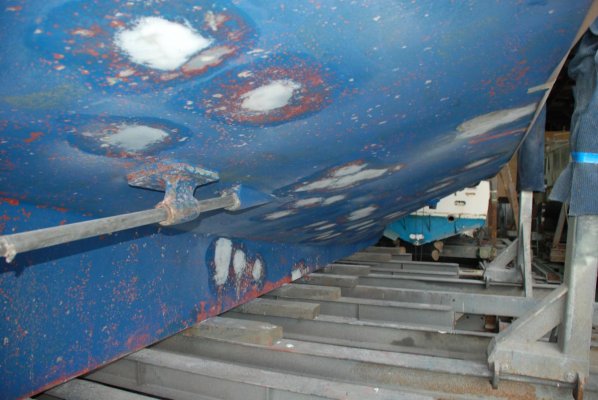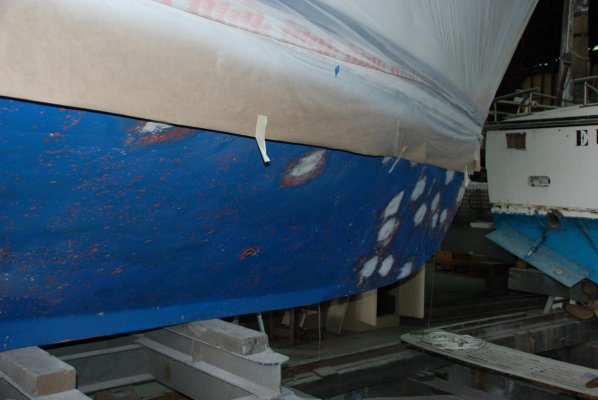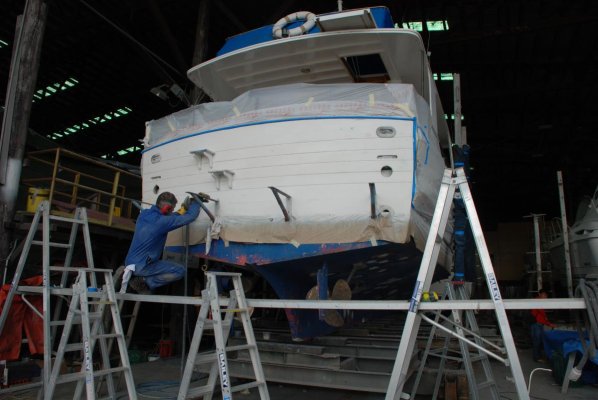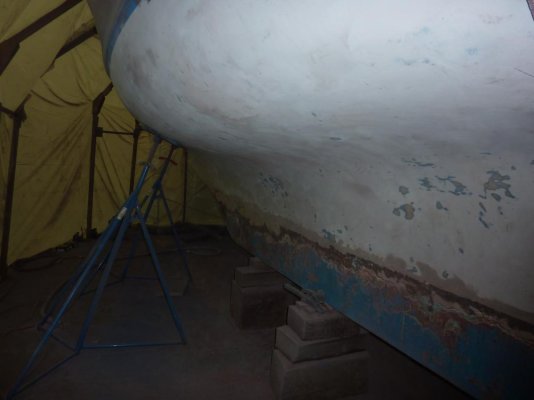Hello,
My wife and I are seriously considering purchasing a 1983, 36' Island Gypsy Europa that we are looking at. It is not listed with a broker yet, we have been talking with the owners that are about to list it, but are holding off until we make our decision. We go back to look at it this Saturday and take it out for a trial run.
We have liked every IG we have been aboard and now would like to get some feedback from the forum about this boat. I'm hoping someone that owns an IG can tell us things to look for as we examine the boat as well as give us handling feedback. Our cruising grounds are from Puget Sound northward. We are extending it every year as we explore our way North. This year we plan to go to the Broughtons. Our experience has been with our Albin 25 and with our current boat a Willard 30/4. Both of us like spending a lot of time out and about on our boat. Last trip to Desolation Sound was 30 days aboard.
This boat has twin Lehman's, bow thruster, water maker, epoxy barrier coat, generator, new canvas, teak decks, Diamond glaze windows and electric stove. We plan to switch out the stove to propane.
So some questions we ponder;
1. How does it handle big water?
2. Following seas?
3. What indemic issues do these boats have?
4. Any red flag things to consider?
Thanks,
Keith Olive
My wife and I are seriously considering purchasing a 1983, 36' Island Gypsy Europa that we are looking at. It is not listed with a broker yet, we have been talking with the owners that are about to list it, but are holding off until we make our decision. We go back to look at it this Saturday and take it out for a trial run.
We have liked every IG we have been aboard and now would like to get some feedback from the forum about this boat. I'm hoping someone that owns an IG can tell us things to look for as we examine the boat as well as give us handling feedback. Our cruising grounds are from Puget Sound northward. We are extending it every year as we explore our way North. This year we plan to go to the Broughtons. Our experience has been with our Albin 25 and with our current boat a Willard 30/4. Both of us like spending a lot of time out and about on our boat. Last trip to Desolation Sound was 30 days aboard.
This boat has twin Lehman's, bow thruster, water maker, epoxy barrier coat, generator, new canvas, teak decks, Diamond glaze windows and electric stove. We plan to switch out the stove to propane.
So some questions we ponder;
1. How does it handle big water?
2. Following seas?
3. What indemic issues do these boats have?
4. Any red flag things to consider?
Thanks,
Keith Olive

